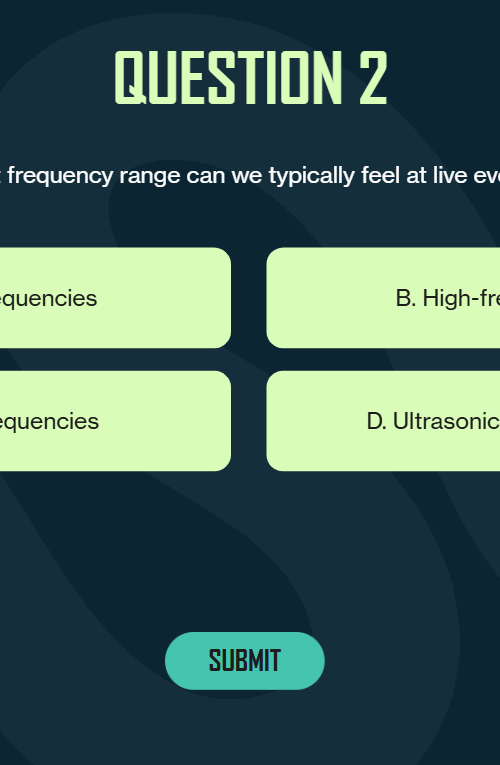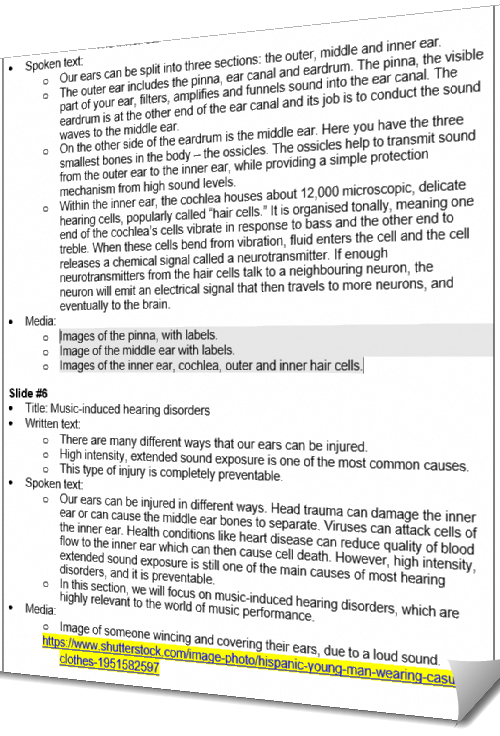
How good is good enough?

TL;DR
Many off-the-shelf e-learning courses have a pass mark in their end-of-module assessment of 80%. But what’s the thinking behind this?
Charles Shields

“I just click Next… Next… Next… then try to scrape through the test at the end.”
So said a senior business adviser from a well-known UK trade organisation on one of our regular calls last week. He was talking about the tedious mandatory e-learning courses he is required to undertake by his organisation, on topics as inspiring as GDPR and Manual Handling (the latter despite the fact that his manual handling responsibilities are limited to picking up a Jiffy bag…)
I get it.
Most of us have had to undertake online courses of this kind at some point in our working lives, and it’s not exactly something that gets you out of bed with a spring in your step on a Monday morning.
But do you know what? Sometimes in life there are things you just have to do, whether you like it or not.
There’s a reason why so many employees nowadays are required to complete online courses on GDPR and information security (among many other topics that fall into the ‘dull but worthy’ category). In fact, there are a number of reasons.
- It’s required by legislation.
- It’s required as a condition of insurance.
- Training needs analysis has identified that the knowledge and skills are lacking in the workforce.
- Mistakes resulting from this lack of knowledge and skills lead to serious consequence, for the individual and for the organisation.
- It’s the right thing to do.
Delivering this training by e-learning may not always be the right answer – but it does at least have the significant advantage of resulting in an audit trail and reports that can be acted on by line managers.
So where does that 80% pass rate come in?
There’s a balancing act here between making courses so easy that successful completion cannot be relied on as a measure of the individual’s competence. But make it too hard and this can lead to frustration and disengagement among the workforce.
Of course, there are lots of other factors that come into play here, such as the question styles used; the quality of distractors if Multiple Choice Questions are adopted (more on this in a future blog post); the randomisation of options; whether the questions presented are always the same or selected from a question banks; how many attempts the learner has to get the pass mark; and so on.
The sector or discipline is also relevant here. For instance, for online training in healthcare, assessments should be designed to discourage learners from guessing, for obvious reasons. This means that the scoring of responses should ideally be weighted accordingly.
In language learning, on the other hand, being willing to guess how to say or write something is a behaviour to be encouraged, so again any assessments need to be designed accordingly.
Whatever the discipline or topic, the key point is to ensure that the assessment is only assessing against learning outcomes that have been specifically targetted in the main content. Nothing frustrates a learner more than the feeling that they are being asked a question that hasn’t been covered!
Where we’re developing new bespoke courses for our clients, we take you through all the pros and cons around design of end-of-module assessments.
 Enriching online learning through the art of video storytelling
Enriching online learning through the art of video storytelling
Enriching online learning through the art of video storytelling
 Getting into the right mindset for supporting people at work
Getting into the right mindset for supporting people at work
Getting into the right mindset for supporting people at work
 Language Matters: The Impact of Language Barriers on Employee Wellbeing
Language Matters: The Impact of Language Barriers on Employee Wellbeing
Language Matters: The Impact of Language Barriers on Employee Wellbeing
 Top 10 ways to use video in e-learning
Top 10 ways to use video in e-learning
Top 10 ways to use video in e-learning
 Designing effective Multiple Choice Questions
Designing effective Multiple Choice Questions
Designing effective Multiple Choice Questions
 What is storyboarding?
What is storyboarding?
What is storyboarding?
 Addressing the management skills gap
Addressing the management skills gap
Addressing the management skills gap
 E-learning pass marks – how good is good enough?
E-learning pass marks – how good is good enough?
E-learning pass marks – how good is good enough?
 How not to do tech support
How not to do tech support
How not to do tech support

Got you thinking?
Great! That was the idea.
If you’d like to follow up – even if it’s just to tell us why you disagree! – we’d love to have a Zoom chat over a coffee.




